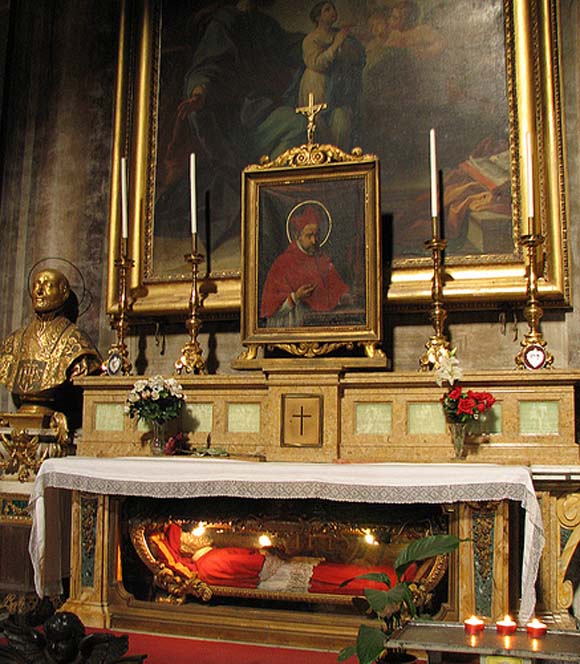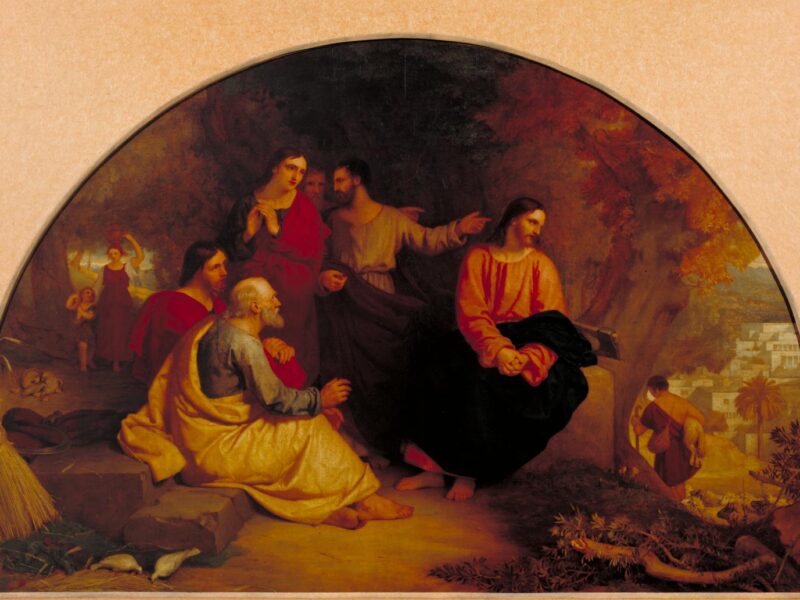
Popular Piety: Relics
3.86k
 |
| The body of St. Robert Bellarmine. |
When it comes to popular piety little has been as used, abused, misunderstood and misrepresented as the keeping of relics. Indeed, since the sixteenth century the preservation of relics has come to seem like a peculiarly Catholic thing to do. So, we might well ask, what’s it all about?
Well, perhaps it is worth just describing what we mean by the word ‘relic’. Simply put, we are discussing the remains of a person who is no longer with us, or in some cases an object associated with that person. Already we perceive that relics are not confined to Catholic experience; indeed, everyone offers respect to the remains of the dead, and most of us will come to inherit small keepsakes or heirlooms to remind us of our ancestors or friends who’ve passed before us. Relics really are a natural part of human experience!
Put in this neat way we might suppose relics to be rather dull. However, there is more: Catholics recognise that the remains of Holy People, or objects they came into contact with, have some special significance. The incorrupt body of St Bernadette of Lourdes or the hair-shirt of St. Thomas More excite in Catholics a reaction which the umbrella of Neville Chamberlain or the fake moustache worn by Charlie Chaplin do not.
So why do Catholics keep and venerate the remains of saints, and why do we afford them a special significance we don’t offer the remains of other people? As the Council of Trent explained it, relics are the remains of holy men and women who ‘while they lived were Temples of the Holy Ghost (1 Cor. 6:19) which are due to be awakened by Him and to be glorified’ (Trent sess. XXV).
 |
| The chalice of St. John of the Cross. |
The remains of the saints function as heavenly signposts: they are reminders of a past manifestation of God’s love and a promise of a future one. No wonder then that we make use of relics in our adoration of God as we contemplate the wonders he has worked and is working for us. The body of St. Bernadette was a Temple of the Spirit and it will be again.
But God doesn’t just point the way to Heaven, he actually helps us get there, and he brings the saints to our aid. Now, as God’s love was made manifest through the lives of the saints, why not of their remains?
Catholics recognise that relics can be used by God as conduits to work miraculous wonders of healing, inspiration and so on, and it is for this reason that we have recourse to them when praying to God in supplication. It is important to note here that the objects themselves do not possess some magical qualities that make amazing things happen, but rather, God works wonders through them, in the same way he chose to heal the lame through Peter’s shadow (Acts 5:15) or to raise the corpse from the dead that touched the bones of Elisha (2 Kings 13:21).
So we Catholics keep relics because we honour God’s work, and we venerate the remains of the saints because we hope he will share with us the blessings he shared with them.
All Holy Men and Women, pray for us!


